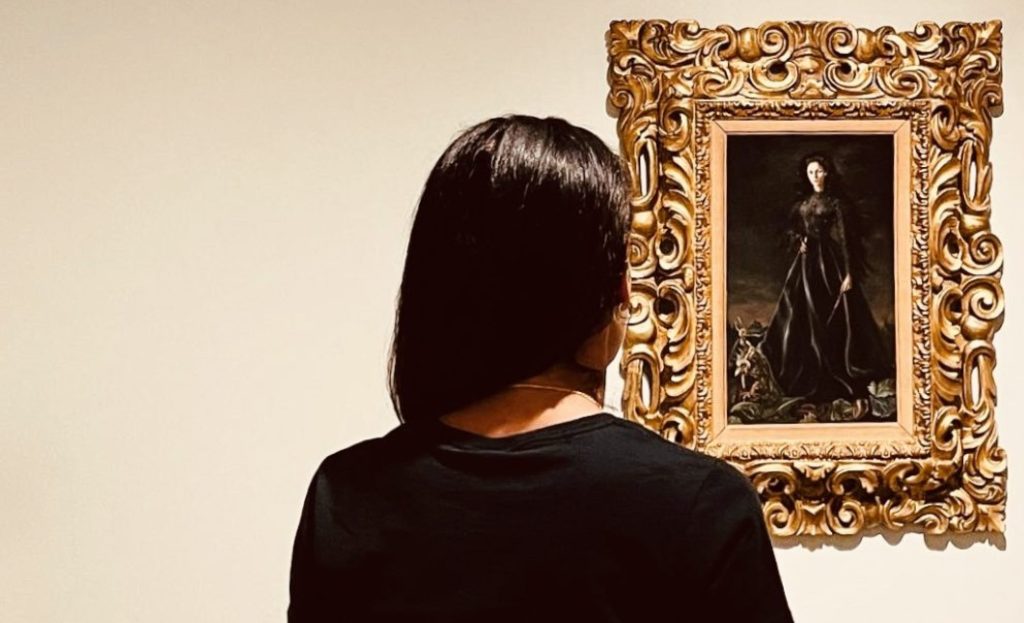“Truth is our goal and the questions are our tools” (Fitzpatrick 2013, p. 5)
When starting my preliminary conversations in my own network of “cultural vultures” who were visiting the island and art collector expatriates who reside in Mallorca, one of the risks are false positives from people lying to me in order to be supportive. In order to avoid this, I referred to the advice from the book The Mom Test: I kept each short and casual conversation focused on their own life, spoke about specifics in their past instead of their opinions of the future, and tried my best to talk as less as possible and listen more (ibid., p. 17). As I tried to articulate a point of view, I focused on things they are trying to do (needs) and ways they want to feel (insight/meaning). It was a huge challenge to avoid these following terms: would you ever, what do you usually, might you, do you think you, and could you see yourself. For the preliminary conversations, I never spoke of my business idea which helped me focus exclusively on them. When I accidentally hinted to my desire to host art-focused events, I brought the dialogue quickly back to them. I made sure to remember that compliments, referred to as “fool’s gold in customer learning,” are completely worthless (ibid.).

“Doing it wrong is WORSE that doing nothing at all” (Fitzpatrick 2013, p. 13)
As the editor and author of books on the luxury market, it was additionally challenging to avoid lacing my customer questions with my own experiences, expectations, and inferences. As Klement (2013) rightly stated in his online article, “assumptions are dangerous.” I needed to learn the customer motivations by focusing on their own specific personal experiences, with cases and examples, without ever mentioning any of my business ideas (Fitzpatrick 2013, p. 41).

THE THREE BIG LEARNING GOALS (Fitzpatrick 2013, p. 67)
“A problem well stated is half solved” (Charles Kettering)
- What does Mallorca offer in terms of art and design experiences? What do you love/hate about Mallorca in terms of art & culture? (How do you currently deal with this problem?)
- Talk me through how you currently find the best … artists/artworks/designers/design objects/furniture/art & cultural events? (How do you currently do it? Why do you bother doing it this way?)
- How are you dealing with it now? What could be better about how you do this? (What does the problem cost them now? Does the customer really care about the problem? Did the customer try to find a solution?)
Depending on the person/situation, I could additionally ask: Is there anything else I should have asked? Anything else you would like to share?
The Warm Intros: 7 degrees of bacon (Fitzpatrick 2013, p. 92-94)
I also ventured outside my immediate network by asking at the end of my conversations: Who else should I talk to?
I also formulated a “casual chat request” template/skeleton to frame the meeting to help guide me (What do I want to learn from these people?) (ibid., p. 96).
“I am exploring a new business model and I really value your advice. I am trying to learn more about the art and cultural tourism on the island. As I am just not sure how it works yet, I want to make sure I am creating and building something that really helps, and would really love a few minutes to ask you a few questions.”
“Learn of their actions, not their opinions!” (Fitzpatrick 2013, p. 21)

BIBLIOGRAPHY
Fitzpatrick, R. (2013) The mom test: how to talk to customers & learn if your business is a good idea when everyone is lying to you. Taylor & Francis. Available at: https://libsearch.arts.ac.uk/cgi-bin/koha/opac-detail.pl?biblionumber=279028
